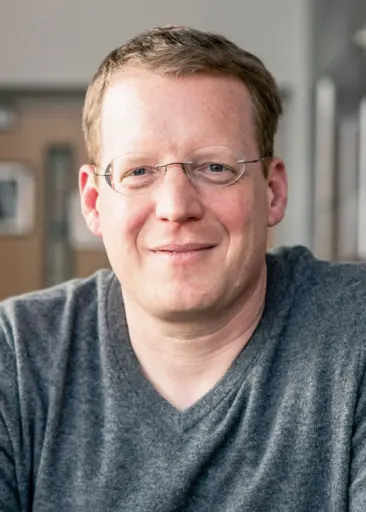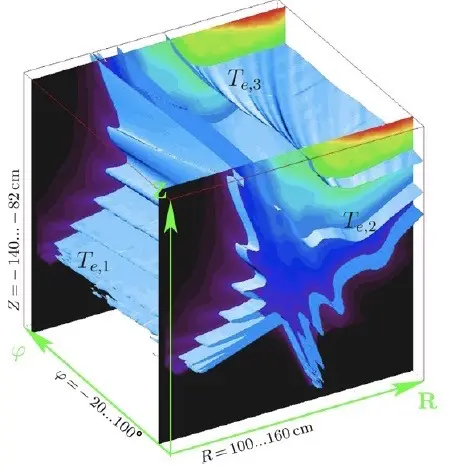World experts in high-temperature plasma edge physics and plasma-material interaction for fusion energy science gathered at the University of Wisconsin-Madison in December 2018 for the meeting of the International Tokamak Physics Activity Divertor and Plasma Edge section.

Engineering Physics Professor Oliver Schmitz organized the meeting of the group, which operates under ITER, the international thermonuclear experimental reactor under construction in southern France. The four-day meeting, which focused on plasma-material interaction, divertor and scrape-off layer physics, drew 79 renowned researchers from 11 countries. The researchers discussed the challenge of integrating high-temperature burning plasmas for fusion energy production with a technically and economically viable material choice for a future reactor.
Schmitz says this highly complex challenge requires expertise from the fields of plasma physics, material science, mechanical and nuclear engineering.
As the largest fusion experiment ever built, the ITER reactor aims to demonstrate a fusion energy output that is 10 times as large as the energy required to heat its plasma. This is an unprecedented challenge, and the heat and particle loads on plasma-facing reactor components require specific attention, says Schmitz.
 Image of deformed plasma edge impinging in a fully 3D manner on material surfaces in contact with plasmas.
Image of deformed plasma edge impinging in a fully 3D manner on material surfaces in contact with plasmas.
At the meeting, participants discussed new approaches to solving this challenge. Schmitz’s research group works collaboratively with scientists from across the world to study how applying 3D magnetic control fields to the donut-shaped plasma in ITER might tame plasma edge instabilities and reduce material erosion and particle deposition in the device. This topic was a specific focus on the meeting, and participants recognized it as one of the most pressing research challenges in fusion energy science today.
Support from the UW-Madison Office of the Vice Chancellor for Research and Graduate Education also allowed 20 graduate students to participate in the meeting, exposing them to exciting research results and discussions at the forefront of plasma edge and materials research in fusion science.